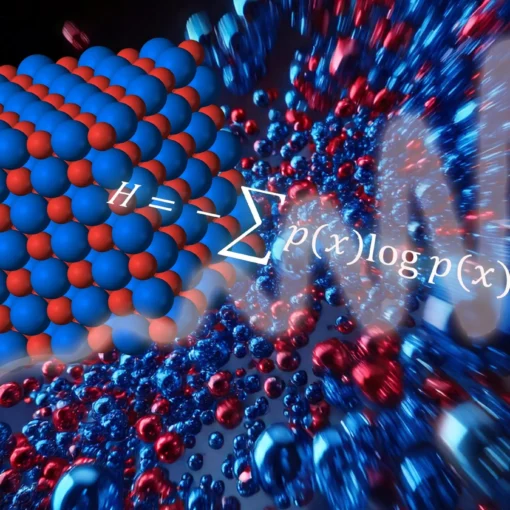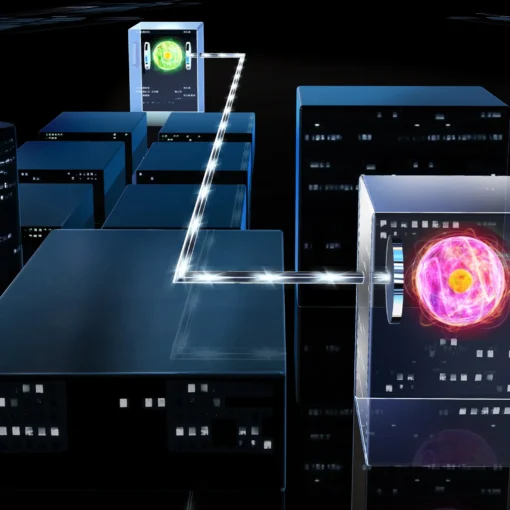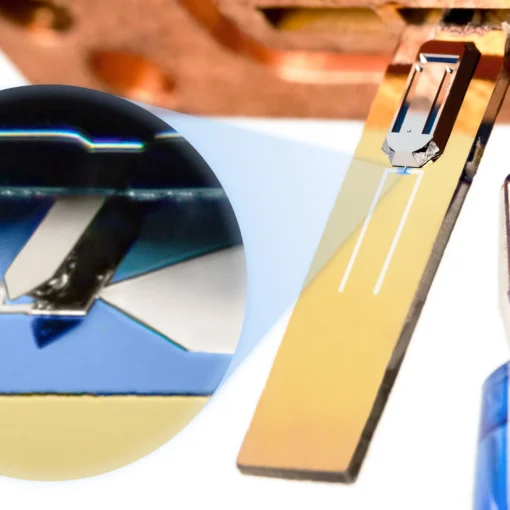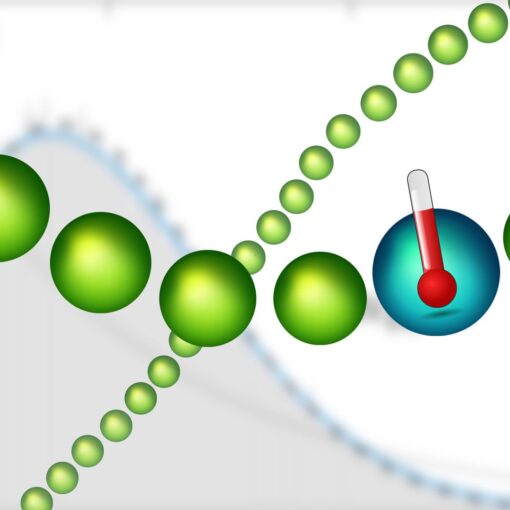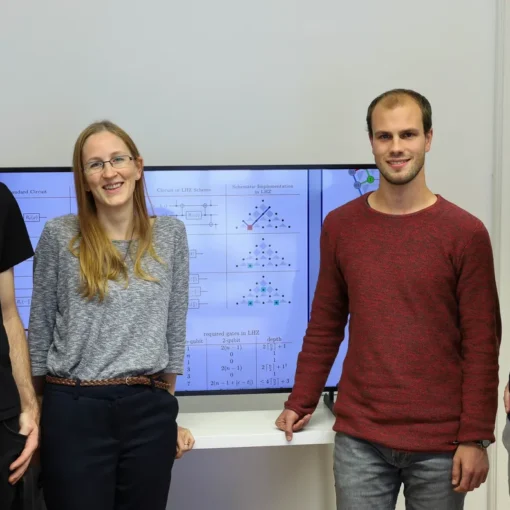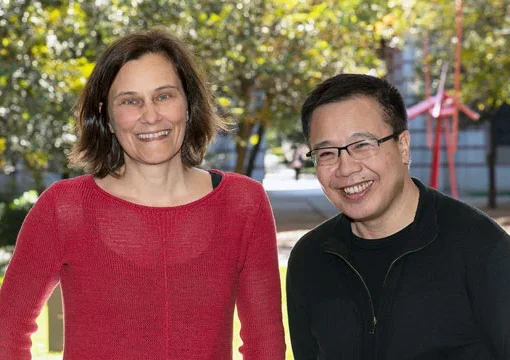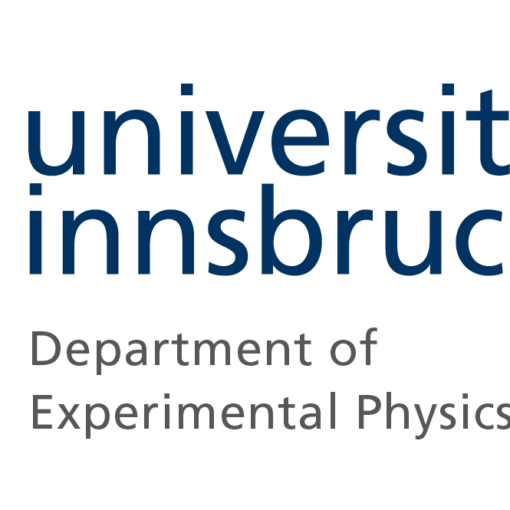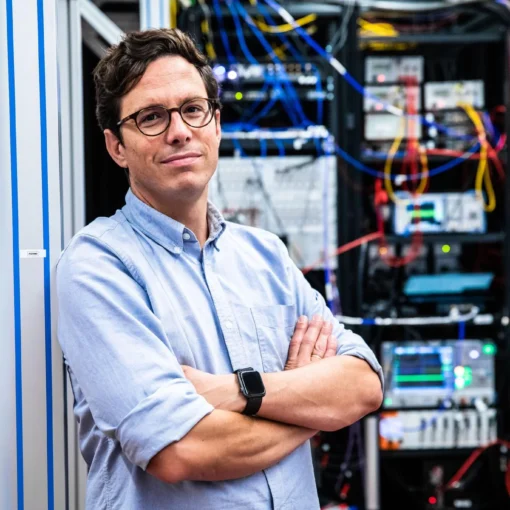
Fiber Optics: The Missing Link in Quantum Computing’s Future
ISTA physicists have developed a breakthrough method to connect superconducting qubits using fiber optics instead of traditional electrical signals, significantly reducing cooling requirements and potentially enabling the scaling and networking of quantum computers by converting optical signals to microwave frequencies that qubits can process.

